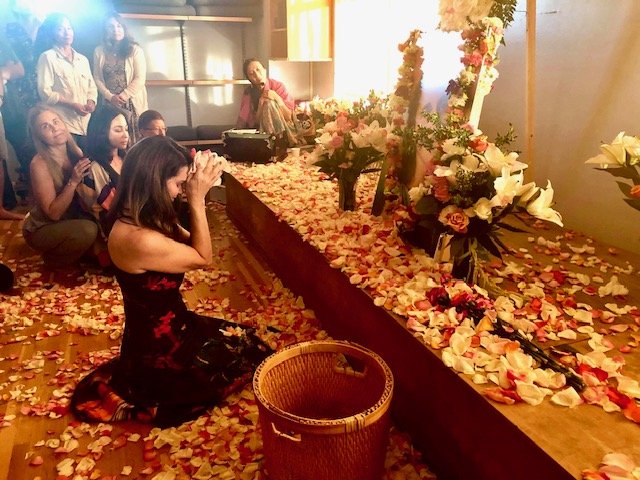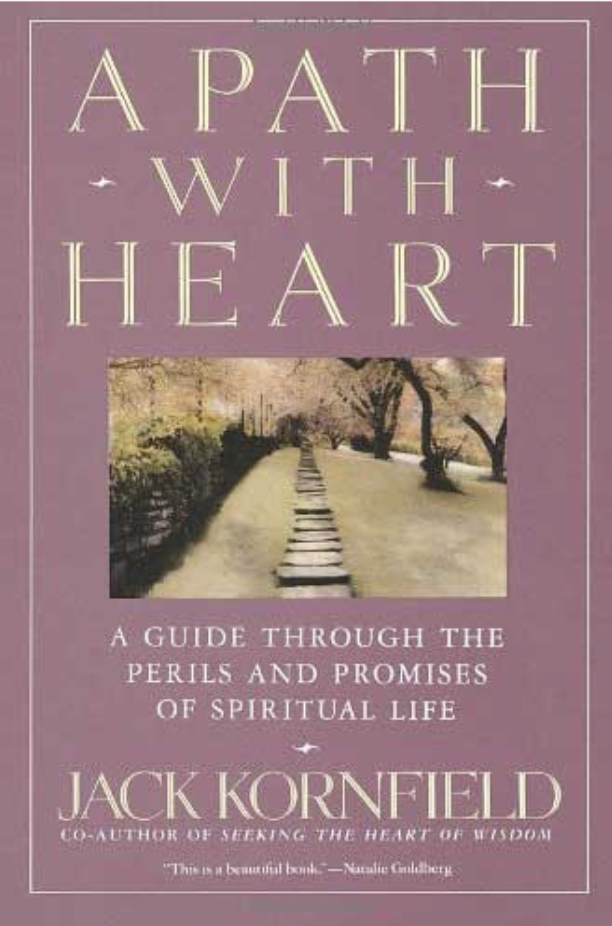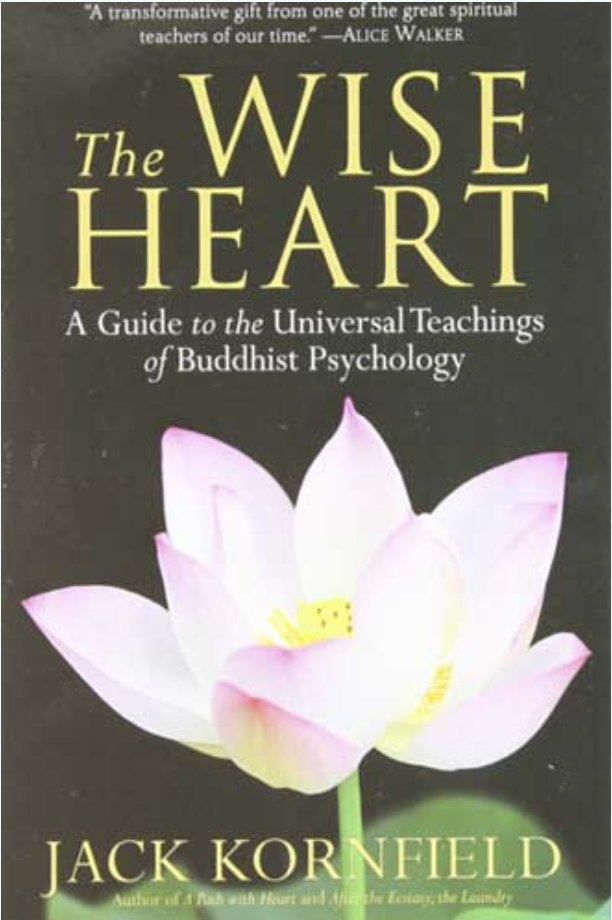-
The system of yoga known as Iyengar Yoga was created and developed over 75 years ago by Yogacharya B.K.S. Iyengar. Mr. Iyengar devoted his life to the evolution of his approach to yoga, based on the traditional eight limbs of yoga taught over 2500 years ago by the sage Patanjali. Mr. Iyengar believed that yoga goes beyond being a physical discipline- it is also an art, a science, and a philosophy, which he developed with this in mind.
Iyengar Yoga is accessible for all ages and all body types. It is known for its focus on precision and timing and the use of props designed by Mr. Iyengar that help the practitioner achieve perfection in any asana. Regular practice of Iyengar Yoga integrates the body, mind, and emotions.
A worldwide, standardized instruction system differentiates Iyengar Yoga from other methods. Certified Iyengar Yoga Teachers (CIYTs) undergo rigorous training and evaluation to earn their certifications. Only CIYTs are permitted to describe their method of instruction as Iyengar Yoga. CIYTs are trained to provide clear demonstrations of each posture. They are skilled in using simple props to maximize the opening and awareness of the body, providing support to the less flexible and extra extension to the more advanced student.
Teaching is oriented toward gradual but steady progress rather than quick and fleeting results. Each Iyengar Yoga class is a unique sequence developed by the CIYT to guide students through a safe and systematic progression. Through skilled instruction and practice, students learn to penetrate beyond the physical body to the inner kosas (layers) of mind, energy, and spirit, gaining vitality, clarity, and calm.
Iyengar Yoga is a powerful and sophisticated discipline that can be practiced in all stages of life. The benefits are far-reaching and will assist the practitioner in every aspect of daily living.
via IYNAUS website
-
Meditation is commonly described as a training of mental attention that awakens us beyond the conditioned mind and habitual thinking and reveals the nature of reality. In Dawn’s classes, the process and the fruit of meditation practice is understood as Natural Presence. Presence is a mindful, clear recognition of what is happening—here, now—honesty of the moment, allowing space that includes all experience. There are many supportive strategies (called “skillful means”) that create a conducive atmosphere for the deepening of presence. The art of practice is employing these strategies with curiosity, kindness, and wonder. The wisdom of practice is remembering that Natural Presence is always and already here. It is the loving awareness that is our essence.
Maty Ezraty
Maty Ezraty was my first true yoga mentor. I had to earn the ability to become her traveling assistant. I assisted her the last 4 years of her life. I wanted to spend the rest of my life assisting her. She loved my Buddhist background, she gave me butterflies, she trusted me, and I loved to take care of her. I still shed a tear when I think of her. I feel her guiding me still. She is forever in my heart.
Recommended Reading
Invocation to Patanjali
Yogena cittasya padena vacam
To purify the mind (citta), purify the consciousness, Patanjali gave the science of yoga (yogena) to us. To purify our use of words (pada) and speech (vaca), he gave a commentary on grammar to us, so that our use of words and way of speaking is clarified, distinct, and pure.
Malam sarirasya ca vaidyakena
To remove the impurities (malam) of the body (sarira), he gave us the science of medicine (vaidyakena).
Yopakarottam pravaram muninam
Let me go near the one who has given these things to us
Patanjalim pranjalir anato’smi
Let me bow down my head with my folded hands to Lord Patanjali.
Abahu purusakaram
From the hand up to the head he has the shape (karam) of a human (purusa).
Sankha cakrasi dharinam
In the hand he is holding the conch (sankha) and the disc (cakra).
Sahasra sirasam svetam
On top of his head (sirasam) he has got a thousand (sahasra) hoods of the cobra, because he is the incarnation of Adishesha, the greatest cobra. Svetam means white.
Pranamami patanjalim
I bow down to that Patanjali.
Chant to the Guru
Gurur Brahmaa Guru Vishnu
Guru Devo Maheshwarah
Guru Saakshaata Parabrahma
Tasmai Shri Guruve Namah
Guru is Brahma, Guru is Vishnu,
Guru is Maheshwara (Shiva),
Guru is Supreme Brahman Itself
Prostration unto that Guru
Resources
-

IYNAUS
Iyengar Yoga Association of the United States
-

Iyengar: A Yogi's Life
Iyengar: A Yogi’s Life
A digital exhibit by the Google Cultural Institute on Guruji.
-

Ramamani Iyengar Memorial Yoga Institute
The home of Iyengar Yoga. It was established by Yogacharya B.K.S. Iyengar in the city of Pune in India in 1975, and is dedicated to the memory of his wife Ramamani Iyengar.
-

IYALA
Iyengar Yoga Association Los Angeles
-

Pine Tree Yoga Props
Wood Yoga Props
-

Rope Wall & Props
Bolsters, Chairs, Belts
Israel: 310.625.5052
Rope Wall Installation
Vladimir: 310.622.3764














